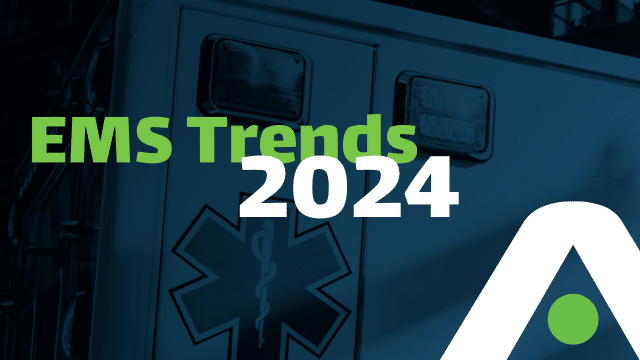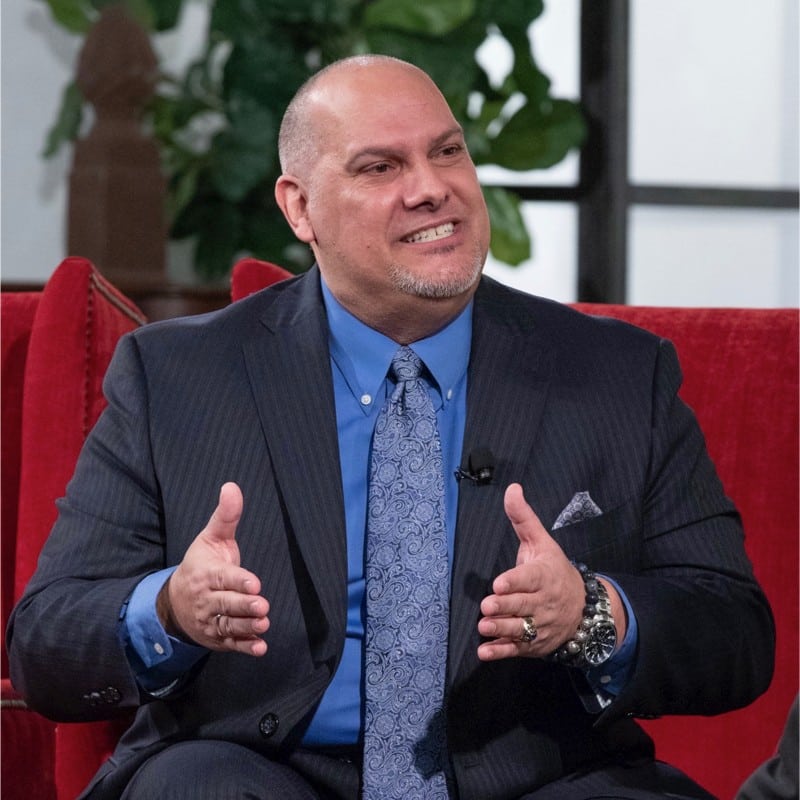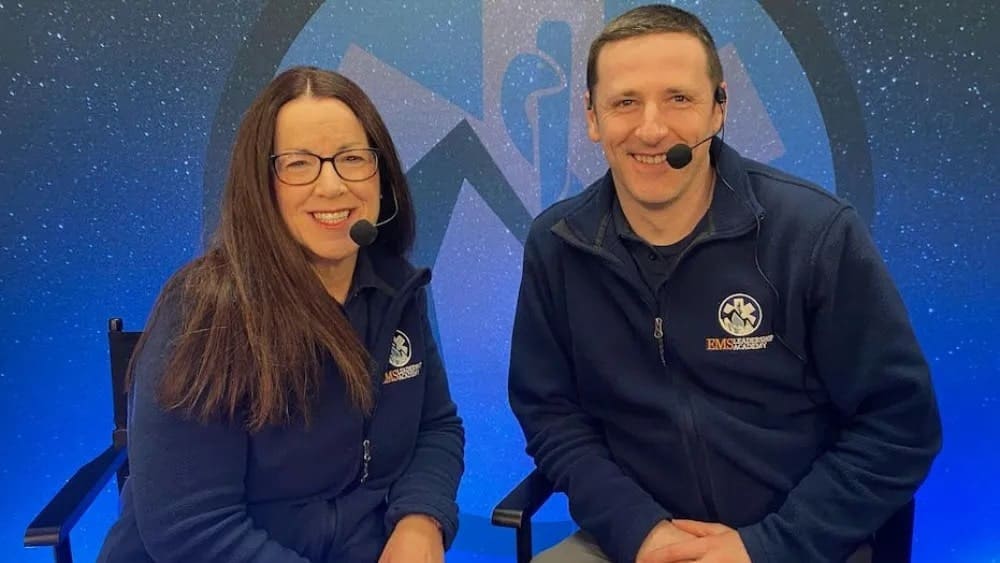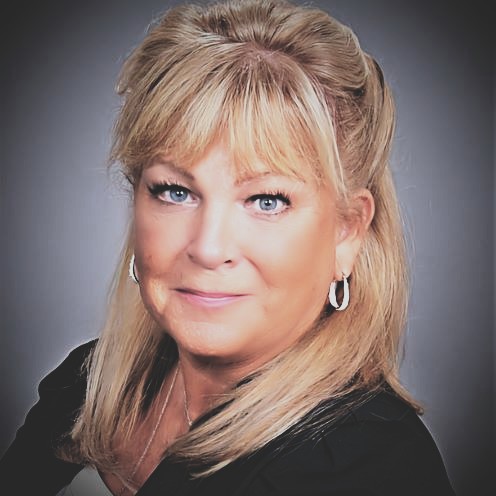
The Emergency Medical Services (EMS) industry has evolved significantly. From how EMS operates to the regulatory landscape, change seems to be happening in every corner. Preparing for what’s coming seems to be ever-more challenging. Thankfully, we’ve gathered insights from industry leaders on EMS hot topics and trends to help us navigate through times of uncertainty.
Below are their responses. If you’re short on time, just read the text in bold to get the main points.
Contributors
- Brian Werfel. Partner, Werfel & Werfel.
- Kevin E. Frisch. CEO, Banquest Payment Systems.
- Dale Loberger. MARVLIS Consultant, BCS; FTO, Union EMS; Captain, GRVFD.
- Greg Friese. Editorial Director, EMS1
- Scott Moore. Senior Consultant & Show Host, Moore EMS Consulting.
- Maggie Adams. President, EMS Financial Services.
- Chris Cebollero. President & CEO, Cebollero & Associates.
- Joshua D. Hartman. Senior Vice President, Cardiovascular & Public Safety Divisions, HMP.
- Mike Taigman. Author of Super-Charge Your Stress Management in the Age of COVID-19.
- Robbie MacCue. Co-Founder, EMS Leadership Academy. Assistant Chief of EMS, Town of Colonie.
- Samuel Scheller. CEO, Guardian Elite Medical Services (NV).
- Nancy Magee. EMS Educator, consultant, conference speaker at MEDIC Training Solutions LLC.
- Mark Tenia. Public Relations/Media Manager, Richmond Ambulance Authority.
- Omar Masri. CEO, Mamori.io.
1. Expect Greater Legislation in Balance Billing Restrictions.

Brian Werfel
Partner, Werfel & Werfel
Last year, I predicted that we would see a greater push at the state level to expand the consumer protections against surprise medical billing. At the time, I noted that the Federal No Surprises Act exempted ground ambulance services from those restrictions. The practical effect was to leave us as the only major health care industry that could continue to balance bill patients. I noted that there was proposed legislation in a number of states that would ban balance billing for ground ambulance services. In 2023, we saw balance billing restrictions enacted in California, Louisiana, and Texas. These 3 states represent more than 20% of the nation’s total population. When you consider states with pre-existing laws, nearly 1 out of every 2 Americans resides in a state that restricts balance billing in whole or in part. I expect this trend will continue in 2024, with bills pending or expected to be proposed in several additional states.
2. Look to Maximize Productivity by Automation

Kevin E. Frisch
CEO, Banquest Payment Systems
Last year, I foresaw rising EMS costs. This year, this is even more true. With labor costs surging on a year-on-year basis, smart EMS providers should be looking to maximize productivity of existing teams by implementing greater efficiencies and automating processes rather than increasing headcount.
Utilizing a software like Traumasoft for only one part of your process but utilizing other systems to handle the other processes slows down operations and increases room for error. For the greatest workforce optimization, operators should invest the time to learn all the capabilities, functions and integrations that technologies like Traumasoft offer and put them into operation. It may be a learning curve at first but the ROI will be significant and long term.
3. A Focus on Employee Satisfaction will Continue.

MARVLIS Consultant, BCS; FTO, Union EMS; Fire Chief, GRVFD
A focus on employee satisfaction will continue.
Well-publicized criminal trials for wrongful deaths involving EMS are likely to chill the already anemic growth of new and much younger providers as even more experience retires in 2024. Regardless of the legal outcomes, the anticipated churn of staff will direct administration attention toward further automation and searching for strategies to reduce personnel stress levels.
4. Artificial Intelligence will Change EMS.

Greg Friese, MS, NRP
Editorial Director, EMS1
Artificial intelligence, including large language models like ChatGPT, will lead to a range of subtle to revolutionary changes in EMS. Everything from how EMS is dispatched to patient care to communication to the hospital to completing the electronic patient care report will be impacted by rapid advances in AI. In addition, initial education programs and continuing education organizations will need to rethink how students are taught and evaluated. The impact of AI on EMS will be as significant, if not more significant, on every field provider, educator and leader as access to the internet was 30 years ago.
5. Good Use of Employee Data can Help Lower Turnover.

Senior Consultant & Show Host, Moore EMS Consulting
EMS leaders will be best served by viewing their organizations through the eyes of their team members. Those who focus on improving the team member’s daily work environment will experience higher levels of employee engagement and lower turnover. The key will be to analyze and leverage the massive amounts of organizational and employee related performance data captured in our various platforms. In 2024, data integration will help managers lead more human focused organizations.
6. Providers would be Wise to Perform Internal Audits on Their Medicaid Documentation.

President, EMS Financial Services
One of the biggest areas where ambulance services will see change is the opportunity for relationships with other healthcare players involved in community paramedicine/mobile integrated healthcare. CP/MIH options will grow throughout the country which means there needs to be a way to be reimbursed and compensated for these services. CP/MIH services need to document the social determinants of health (SDOH) presented by their patients while billers need to code those SDOH issues on claims. There will be new working opportunities with telehealth providers, home health services, and behavioral and mental health organizations. It will be essential that providers have good metrics on their responses and the SDOH problems they encounter as third-party payers are very committed to responding to these type of patient/community needs. The best route to payment for CP/MIH providers will be the depth of their data. While we look to the future of CP/MIH, the traditional world of EMS and ambulance services still needs attention. The next year will see continued growth towards managed care and away from fee-for-service for Medicare beneficiaries and Medicaid recipients. Medicare Advantage plans now cover over 50% of the Medicare population. Providers need to understand the different regulatory issues related to Medicare Advantage reimbursements (particularly for non-emergency services which may require in-network participation). Since these plans are funded with taxpayer dollars, providers can anticipate ongoing audit activity related to Medicare Advantage. Medicaid fraud oversight has already ramped up and will continue to do so. Providers would be wise to perform internal audits on their Medicaid documentation and billing (including claims sent to Medicaid managed care plans). Medicaid compliance will be a hot topic going forward.
7. It May be Time to Get Back the Dual EMT Basic Trucks with ALS Intercept.

Chris Cebollero, NRP
President & CEO, Cebollero & Associates
While Mobile Integrated Healthcare and Community Paramedicine is still the future of EMS, leaders now need to focus on a different system design. In the past, dual paramedic or paramedic/basic trucks were the gold standard, the system of the future needs to be redefined. As we combat a workforce shortage, it may now be time to get back the dual EMT Basic Trucks with ALS intercept. One of my first civilian jobs in EMS was as an ALS intercept medic in Massachusetts. 911 response would be a Basic EMT response, and if I was needed, I would be called in. This design would allow systems to train up the EMT basic skill set, giving them more knowledge, skills and abilities to take care of patients safely. There are EMS systems today that are using versions of this model with great success. Time to take a step back into the past to secure our future.
8. EMS Professionals are Increasing Part of the Overall Healthcare System.

Joshua D. Hartman, MBA, NRP
Senior Vice President, Cardiovascular & Public Safety Divisions, HMP
EMS World Expo 2023 held in New Orleans, LA was a tremendous success. Much of the success is due to the educational programming that we provided which more than ever reflected the breadth and depth of prehospital and out of hospital care performed by EMS professionals. We conducted a large scale mass casualty incident (MCI) exercise at the SuperDome in conjunction with our colleagues from New Orleans EMS and Acadia where we simulated in ‘as real as possible’ ways how to care for the immediately and catastrophically injured patients. This training was taken home to participants from around the world to improve their responses to the unfortunately increasing number of these incidents. We also focused on the delivery of blood products to the field which though not yet standard of care, due to cost and logistics, is clearly a promising therapy for those patients with significant blood loss in the field, given our current treatments of fluid resuscitation, pressors and/or TXA have not moved the needle in this area. We also focused on Ketamine which has been both seen as somewhat of a panacea by some and controversial by others. We reviewed the science, its indications for use, including recommended dosing as well as when Ketamine may not be the right choice as well as a review of multiple incidents in which Ketamine was used that made the news. Additionally we did a deep dive into the opioid epidemic and the EMS response – from alternate transportation destinations to mobile integrated health responses, to naloxone leave behind programs and creative ways to help address the problem affecting our communities and our EMS departments. It is clear that EMS professionals are increasingly part of the overall healthcare system, as the true gatekeepers to much of the patients who access healthcare globally. They are stepping up to the plate using evidence-based therapies to improve worldwide healthcare for hundreds of thousands of patients each year.
9. Artificial Intelligence is the Biggest Disruptor.

Author of Super-Charge Your Stress Management in the Age of COVID-19
ARTIFICIAL INTELLIGENCE IS the biggest disruptor in our world in general and EMS. We are just scratching the surface for how it might help us improve diagnostic accuracy, strategic planning, and performance improvement.
10. EMS Leaders have Two Great Opportunities in 2024.

Robbie MacCue, MBA
Co-Founder, EMS Leadership Academy.
Leaders have two great opportunities in the new year to leverage their recent experiences and add immense value back into their organizations that will improve viability and organizational culture.
1. Leverage their experiences over the last four years of this pandemic to educate elected officials at all levels, starting with the local officials who control the budgets.
With record breaking turnover numbers seen across the country, and utilizing the AAA / Newton 360 turnover study to quantify direct turnover costs (around $9,100/person at an average of 25%), agencies can show the business case for investing in their personnel to retain them and reduce direct turnover costs.
Utilizing emotionally connecting stories of their constituents, providers and patients, that connect to these numbers will demonstrate the real-life impact and have a greater likelihood of shifting perspectives.
2. Invest in an asset that will appreciate in value with time. Leadership development does not have to be seen as a luxury. You have the ability to build a bench of leaders before they are thrust into a leadership role. By investing in your most important asset (people) it will communicate what your agency values — and you will see a much bigger return for your agency’s future.
There is a direct correlation between the leadership of an organization and the rate of turnover. Leadership is not a title; it is an action. Being a great provider doesn’t equate with being a great leader. It is essential to invest in leadership training to ensure a thriving, sustainable organization.
—
Robbie MacCue, FP-C, MBA, and Lisa Giruzzi are the founders of the EMS Leadership Academy and hosts of the EMS Leadership Summit, an annual virtual conference attended by thousands from around the globe. Robbie brings extensive experience in EMS leadership and holds a master’s from Case Western Reserve University’s Cleveland Clinic program. Lisa, with over 25 years as a trainer and executive coach, specializes in empowering EMS leaders to create sustainable organizations. For more information, visit www.EMSLeadershipAcademy.com and www.EMSLeadershipSummit.com.
11. Advancements in Medical Technology and Artificial Intelligence

Samuel Scheller, MBA, NRP
I see artificial intelligence and advancements in medical technology, such as portable diagnostic tools, wearable devices, and communication systems enhancing the capabilities of EMS in the field.
12. Rising EMS Costs, Revenue, and Solvency are Major Concerns.

EMS Educator, consultant, conference speaker at MEDIC Training Solutions LLC
As large private for-profit enterprises exit rural and suburban areas where cost of EMS provision exceeds potential profit, communities will have to face the music on the cost of EMS response-including the cost of readiness. Endangered nonprofits including volunteer and hybrid agencies need to be prepared to provide their local government with accurate data reflecting projected future cost of providing 911 response. This includes but is not limited to skyrocketing material expenses, the necessity of paying a living wage to career staff in order to recruit and retain a competent labor force, and the impact and monetary value of volunteer time. The shortfall that exists between insurance revenue and solvency must be addressed. Communities will have to make an informed choice on what they are willing to pay for and determine how to pay that subsidy- or be resigned to the possibility of not having any service at all.
Most of the work has been done here-so use it!
This is our chance to get it right or accept the collapse of the entire EMS system.
13. Strategic Communication will Continue to Play a Large Role

Public Relations/Media Manager, Richmond Ambulance Authority
Strategic communication will continue to play a large role in gaining support from the public, elected officials and stakeholders. The pandemic exacerbated many of the issues EMS agencies across the country were facing, accelerating the need and push for creative solutions. It also presented an opportunity to educate the communities we serve about the challenges we were dealing with, how we got there and what the industry as a whole would need moving forward. I believe we will see an even greater focus at the federal, state and local level to communicate strategically to each audience in an effort to garner adequate support. We have seen a growing number of EMS leaders realizing the important role communication plays in the advocacy for EMS and that is a trend that will continue with fervor in the coming year.
14. Cybersecurity Will Continue to Challenge EMS

CEO, Mamori.io
A major trend I see is that there is a perfect storm brewing to challenge EMS organizations both economically and organizationally. First, you have Health insurance providers and government regulations squeezing transport provider revenue. Second, you have rising inflation increasing operational cost and staff stress levels, and finally you have the unrelenting growth of cyberattacks aimed at extorting money from EMS organizations and disrupting business continuity.
At Mamori.io we recognize that running an EMS organization is becoming increasingly challenging and stressful, and that is why we are focused on helping EMS organizations protect themselves from modern cyberattacks with a comprehensive, easy to deploy, and cost-effective cybersecurity and ransomware protection solution. Our mission is to remove the stress of cybersecurity from EMS business owners. Traumasoft is using Mamori.io to secure its valuable data, and we are happy to help all their partners and customers do the same.
About Traumasoft
Traumasoft is one truly integrated product for Emergency Medical Services (EMS) that drives timely efficiencies. We are an all-in-one system capable of managing every aspect of your EMS operations. One system comprised of interconnected solutions handles staff, integrates processes, manages assets, and grows revenue. Schedule a demo today to see how we can help you increase operation efficiency and profitability.